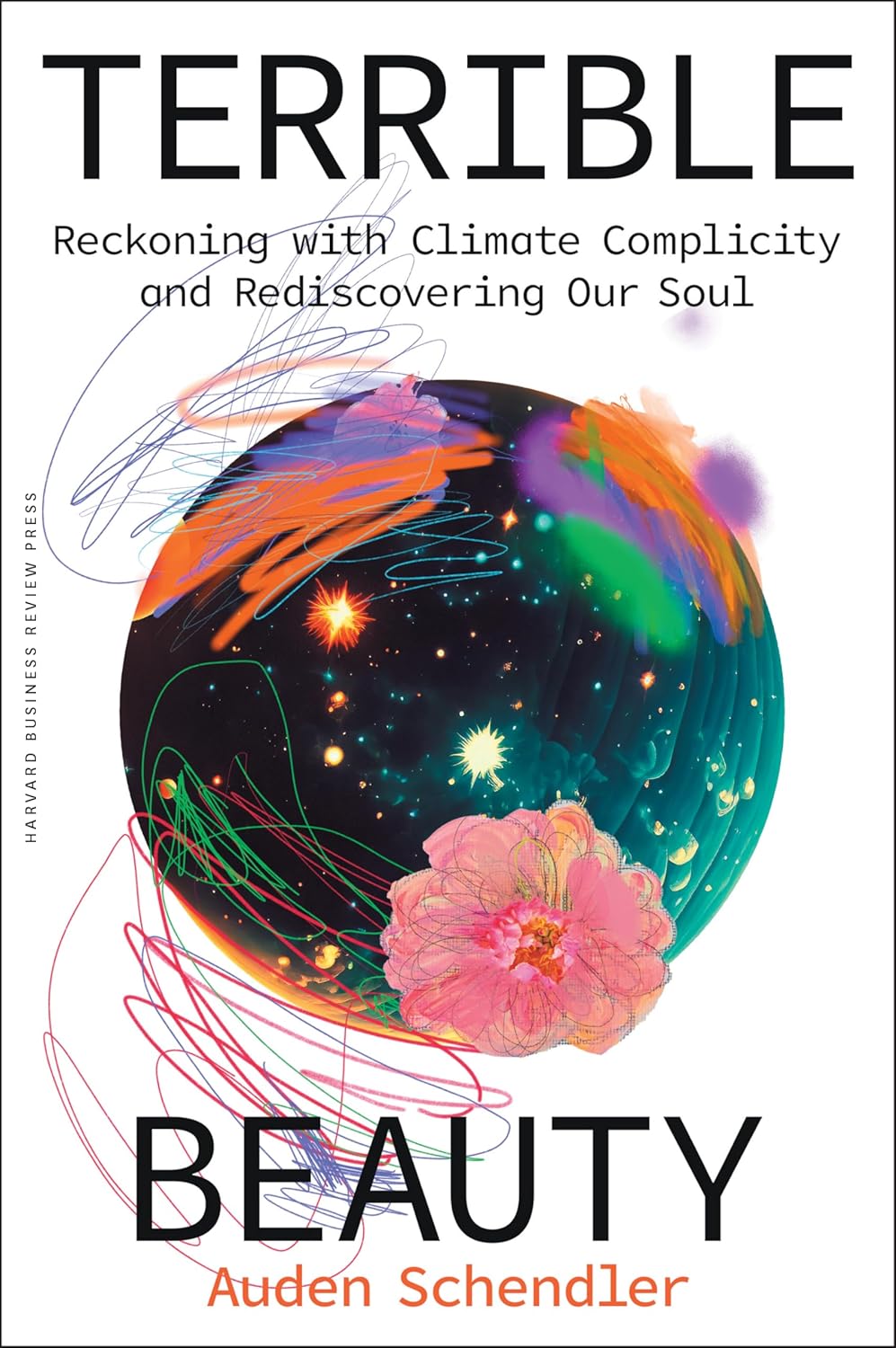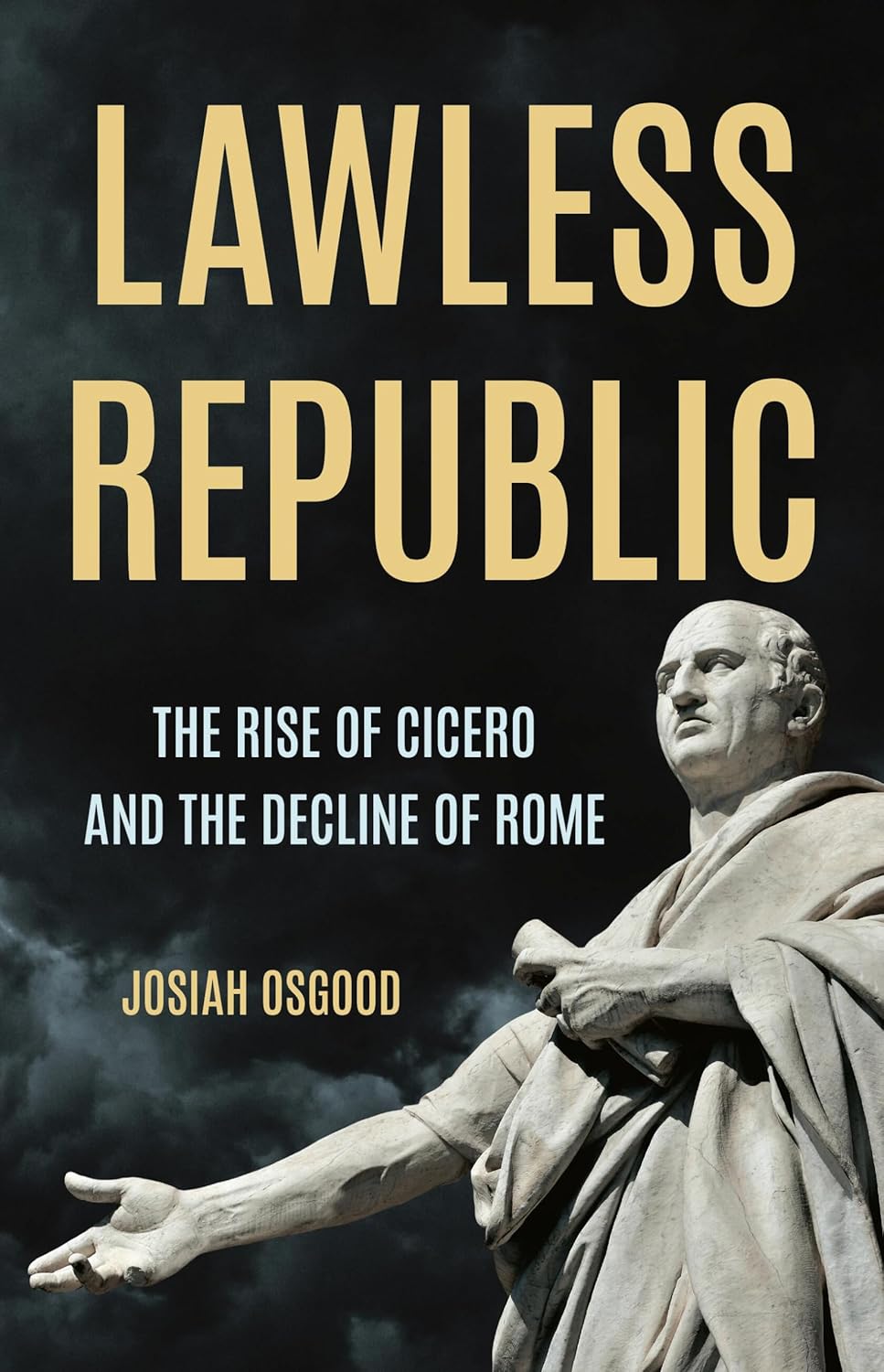Terrible Beauty: Reckoning with Climate Complicity and Rediscovering Our Soul
- By Auden Schendler
- Harvard Business Review Press
- 272 pp.
- Reviewed by Julie Dunlap
- December 2, 2024
Can the failed promise of corporate sustainability be replaced by meaningful action?

Decked in a respirator and Tyvek coveralls, Auden Schendler belly-crawled past spiderwebs and rat carcasses beneath a sagging trailer home. The then-twentysomething energy technician stuffed insulation into floor gaps to reduce heat loss and utility bills for families stranded by a Colorado shale boom gone bust. His company motto sounded optimistic — “Stop talking and start caulking” — but the daily work felt “dirty, unhealthy, and tinged with desperation.”
Stints as an EMT, high school teacher, and Outward Bound instructor honed in him a broad, pragmatic skillset, but it was the hands-on, hardscrabble retrofitting that established Schendler’s credentials as an adroit practitioner of climate solutions. In Terrible Beauty, the author, after 25 years as sustainability director for the ski-resort brand Aspen One, looks back at the accomplishments of corporate sustainability around the U.S. and finds them egregiously wanting. But this book is much more than another tirade against greenwashing and carbon-offset scams. By turns humorous, touching, informative, and scorching, Terrible Beauty is a personal and polemical examination of a failed movement and a from-the-trenches cri de coeur for change.
The steel of Schendler’s environmentalism was forged in his New Jersey hometown. An ozone haze obscured the view of Manhattan, but he couldn’t help noticing Weehawken’s litter, crime, and flooding from the Meadowlands dumpsite. “How do you fix the bad places?” he wondered as a teen. He’s now convinced:
“New Jersey, for all its neglect, was a breeding ground for environmentalists.”
Today, the author recalls almost wistfully that smoggy era, when the Clean Air Act of 1970 and its revisions through the 1980s gradually revealed skylines and healed lungs across the country. By the 1990s, though, corporate America had re-interpreted the improvement the rest of us could see, smell, and taste as a threat to profitable operations.
With free-market fundamentalism rising, public faith in government solutions sank, and blame for ecological degradation was deliberately shifted from corporate polluters to individuals’ consumer demand. The Clean Air, Clean Water, Endangered Species, and other bedrock acts of the latter 20th century, writes Schendler, became the “last glimmers of meaningful bipartisan environmental legislation” at the federal level.
Progressive companies instead embraced a vision of green, low-carbon business, extolling the “win-win” of making money while voluntarily protecting the Earth. Schendler traded coveralls for business-casual wear at a leading sustainability think tank, the Rocky Mountain Institute, where his writing there echoed Amory Lovins, Paul Hawken, and other environmental economists. “Corporations are the only entities large enough, nimble enough, and motivated, by profit, to solve the climate problem.” The opportunities seemed endless, the work “nothing short of the salvation of the world.”
Many of the book’s most engaging stories recount Schendler’s early years greening operations at Aspen Skiing Company. Replacing inefficient appliances, swapping out single-pane windows for argon-filled double panes, and rebuilding an airtight ski-patrol headquarters felt like real progress toward reducing emissions. His adventures in applied idealism were even more delightful because climate-driven friends and colleagues — from building engineers to poets to dirtbag skiers — joined in Schendler’s obvious fun. He quotes philosopher Albert Camus to explain the importance of joy when fighting protracted battles with long odds against success:
“One must imagine Sisyphus happy.”
Inevitably, perhaps, a decade of disappointments and resistance seeded doubts, then cynicism. Recalculating the resort’s carbon footprint, for example, revealed it was responsible for more emissions than before Schendler began. Shocked, he determined that the power grid was relying more on coal. Interviewed by Businessweek in 2007, he rocked his profession by asserting that most corporate environmentalism is glorified greenwashing that’s “never going to solve large, systemic problems like climate.” In chapter after chapter here, he builds a compelling case that it was never intended to.
At best, companies’ earnest efforts to reduce emissions serve as distractions, “hopeful pablum” that deflects from the need for meaningful, scalable change. In fact, Schendler exposes something more ominous: sustainability’s complicity with the fossil-fuel industry. PepsiCo, for instance, touts voluntary emissions reductions on its website while silently funding the U.S. Chamber of Commerce “to oppose all climate legislation.”
Though defending fellow practitioners as “some of the most well-intentioned humans I’ve met,” he excoriates modern corporate-sustainability endeavors as hypocritical, anti-democratic, and “borderline evil.” Says Schendler, installing solar panels, planting trees for “sketchy” offsets, and other gestures toward net-zero emissions cannot achieve change on the scale necessary. By controlling the government via lobbying and donations that perpetuate fossil-fuel dependence, corporations prevent the systemic change that is “the only path to climate stability.”
With vestiges of his optimism intact, Schendler devotes later sections of the book to outlining essential solutions. There is a refreshing lack of tips for greening your lifestyle, however, or communicating with climate-hostile relatives on holidays. Hope is not a strategy, he insists. If you’re not helping to build an irresistible climate movement, you’re not doing enough.
For those of us still raw from recent electoral heartbreak, his emphasis on wresting back political power may not resonate at first. But again, the author embodies such possibility through his own election to the town council in Basalt, Colorado, and his transformation of Aspen One into a corporate force for policy change. Yes, as he argues, we must each become better citizens, if only to vote for enhanced flood and fire management for the catastrophes already baked into our future.
Do we have time for the slow process of movement-building to reform the free-market system that corrupted the benevolent aims of sustainability pioneers? Readers open to more radical solutions will want to compare Schendler’s arguments with Naomi Klein’s This Changes Everything and other more aggressive calls for an end to capitalism. “Our economic system and our planetary system are now at war,” Klein states more boldly than Schendler. “What the climate needs to avoid collapse is a contraction in humanity’s use of resources; what our economic model demands to avoid collapse is unfettered expansion. Only one of these sets of rules can be changed, and it’s not the laws of nature.”
The most convincing passages in Terrible Beauty aren’t arguments at all. Instead, each chapter ends with a brief and beautiful personal essay that illuminates why Schendler chose climate change as the battle of his lifetime. He is not sanguine about the odds of success, but each poignant tale makes clear that he loves crystal skies, sea turtles, snowy slopes, and his children and ours too much to give up.
“I am not tired,” he professes of his quarter-century of grunt work and eloquent leadership so ably encapsulated in this profound and engaging work. Pick it up and accept his invitation to “a golden future of our own making.”
Julie Dunlap writes and teaches about wildlife ecology, environmental history, and the climate crisis. She co-edited with Susan A. Cohen the anthology Coming of Age at the End of Nature: A Generation Faces Living on a Changed Planet (Trinity University Press).

